Imagine diving into the deep blue ocean and suddenly encountering what looks like a massive floating dinner plate with fins. Your first thought might be that nature made a serious error, or perhaps you’re witnessing some bizarre sea creature that forgot to finish evolving. This is exactly what most people think when they first lay eyes on a sunfish, scientifically known as Mola mola. These peculiar giants of the sea have baffled marine biologists, confused fishermen, and sparked countless debates about evolutionary design for centuries.
The Floating Pancake of the Ocean
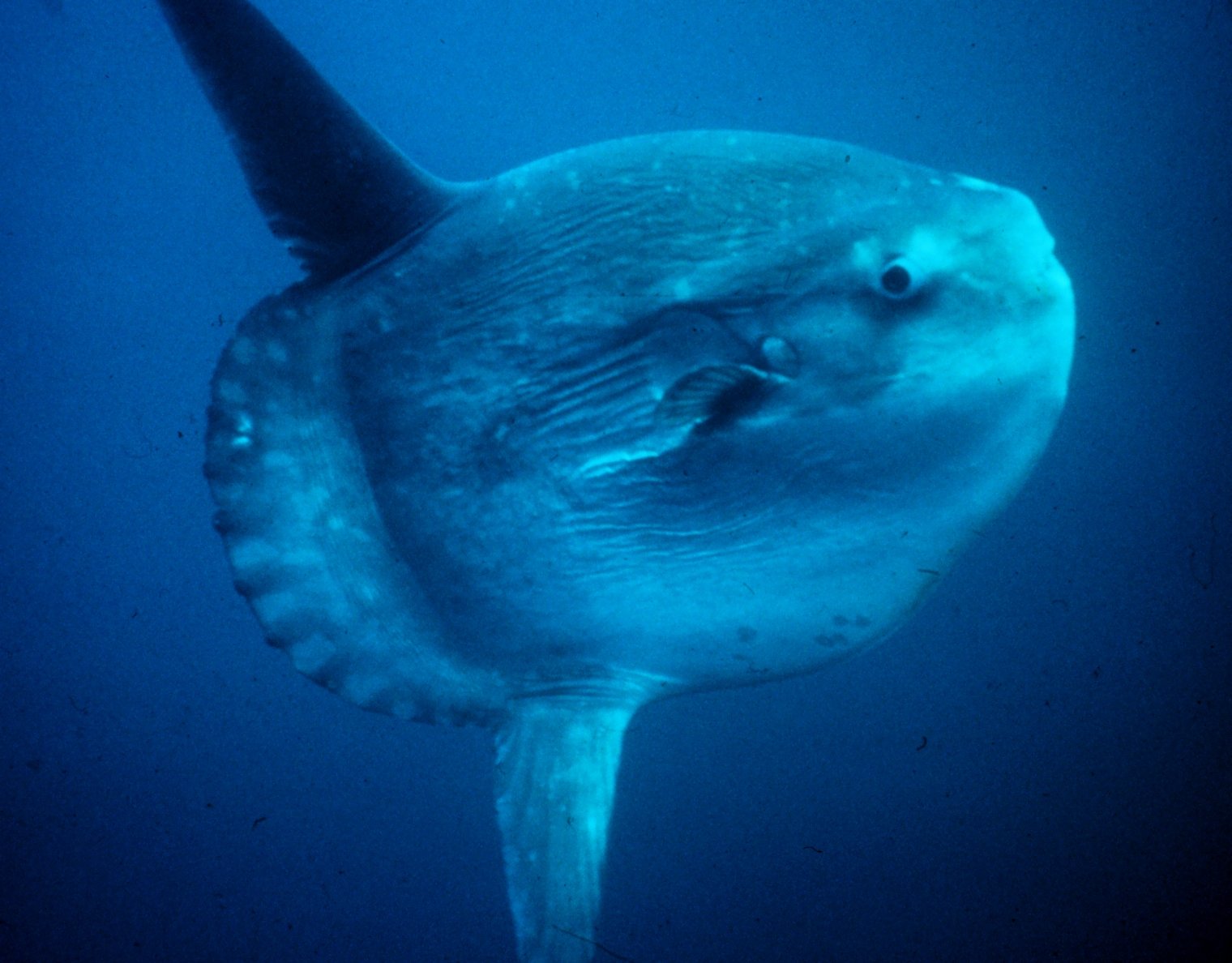
The ocean sunfish doesn’t just look unusual – it looks downright wrong. Picture a fish that appears to have been sliced in half by some cosmic knife, leaving only the front portion to swim awkwardly through the water. These creatures can grow up to 14 feet in length and weigh over 5,000 pounds, making them the heaviest bony fish in the world. Their massive, flattened bodies are topped with enormous dorsal and anal fins that flap like wings, giving them an otherworldly appearance that seems to defy basic fish anatomy.
What makes sunfish even more perplexing is their complete lack of a traditional tail fin. Instead of the powerful, streamlined tail that propels most fish through water, sunfish possess what scientists call a “pseudo-tail” or clavus – a short, rounded appendage that looks more like an afterthought than a functional swimming apparatus. This bizarre body plan has earned them nicknames like “swimming heads” and “the ocean’s biggest mistake.”
Ancient Swimmers with Modern Mysteries
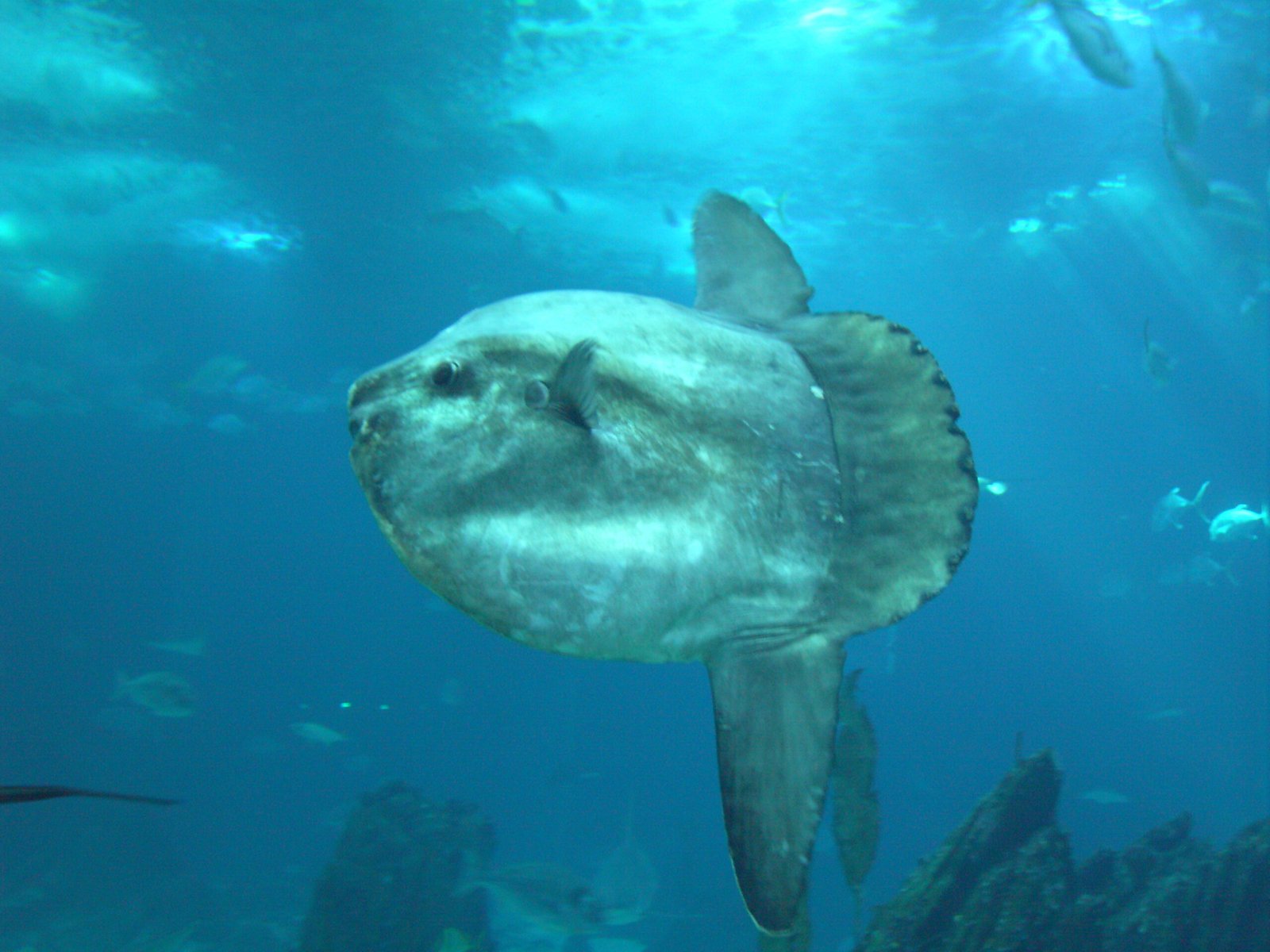
Sunfish belong to an ancient lineage that has remained virtually unchanged for millions of years. Fossil evidence suggests that their ancestors swam alongside dinosaurs, developing their unique body structure during the Eocene epoch approximately 50 million years ago. This evolutionary stability indicates that their seemingly flawed design is actually perfectly suited for their specific lifestyle and environment.
The family Molidae, which includes three recognized species of sunfish, represents one of the most specialized groups of marine vertebrates. Their evolutionary journey took them down a path that prioritized feeding efficiency over swimming speed, resulting in a body plan that maximizes surface area for heat absorption while minimizing energy expenditure. This ancient wisdom challenges our modern assumptions about what makes an efficient fish.
The Great Sunfish Size Paradox
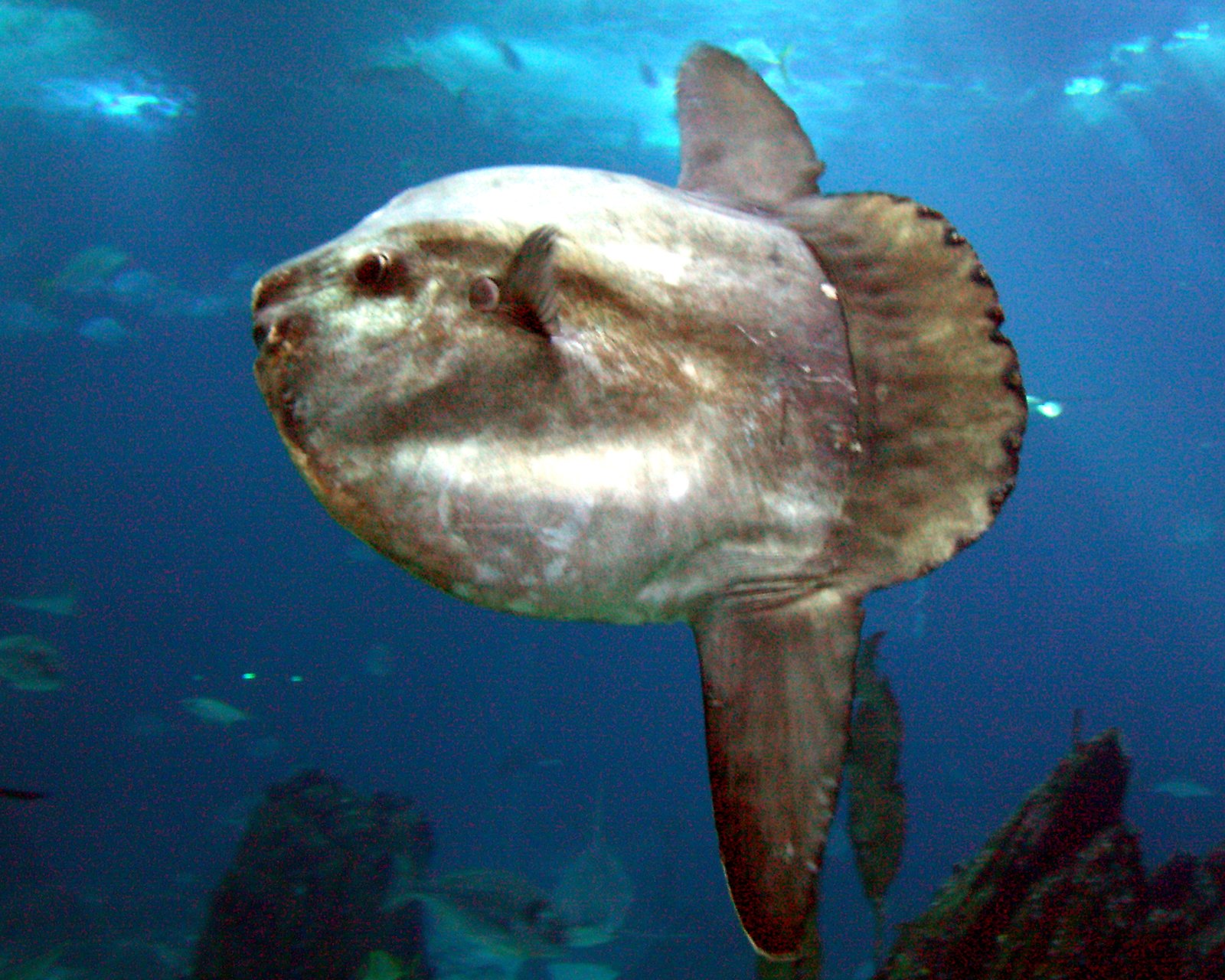
Despite their massive size, sunfish start life as tiny, spiky larvae no bigger than a pinhead. These miniature versions look nothing like their adult counterparts, possessing proper tail fins and resembling more conventional fish. The transformation from larva to adult represents one of the most dramatic metamorphoses in the animal kingdom, with young sunfish increasing their body weight by over 60 million times during their lifetime.
This incredible growth rate poses fascinating questions about energy allocation and metabolic efficiency. Adult sunfish must consume enormous quantities of food to maintain their bulk, yet they appear to move through the water with minimal effort. Their size advantage comes with trade-offs – they’re too large for most predators to attack as adults, but they sacrifice agility and speed in the process.
Masters of Vertical Migration

What appears to be clumsy surface behavior actually masks sophisticated underwater navigation skills. Sunfish are accomplished deep-sea divers, regularly descending to depths of over 2,000 feet in search of food. Their flattened bodies and large fins make them surprisingly efficient at vertical movement, allowing them to access food sources unavailable to other surface-dwelling fish.
Recent satellite tagging studies have revealed that sunfish follow complex migration patterns, traveling thousands of miles across ocean basins. They use deep-water currents and thermal layers to their advantage, demonstrating a level of navigational sophistication that contradicts their reputation as floating debris. These migrations suggest that their unusual body plan is perfectly adapted for long-distance, energy-efficient travel.
The Jellyfish Specialist Diet
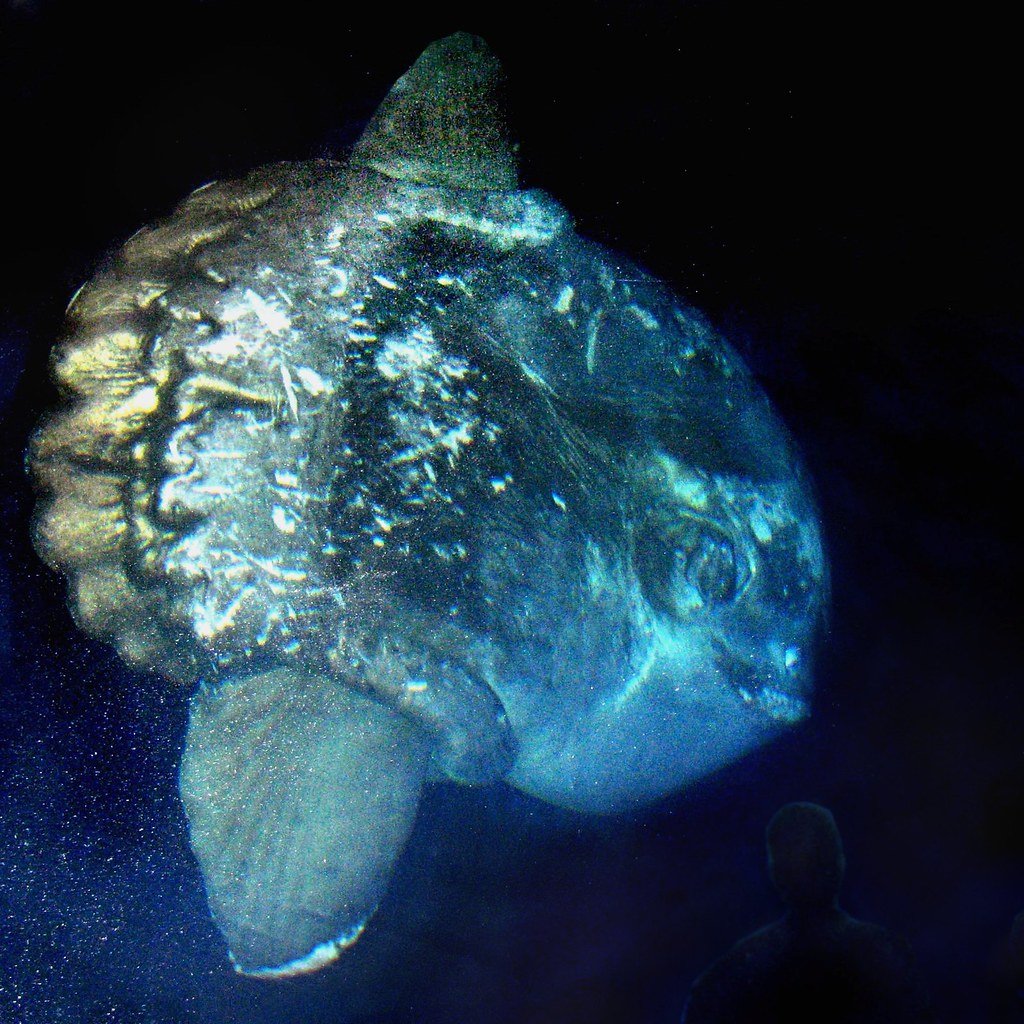
Sunfish have evolved into highly specialized jellyfish predators, with their entire anatomy optimized for capturing and processing these gelatinous prey. Their small, beak-like mouths are perfectly designed for grasping slippery jellyfish tentacles, while their pharyngeal teeth can slice through tough cnidarian tissues with remarkable efficiency. This dietary specialization explains many of their seemingly bizarre anatomical features.
The ability to digest jellyfish – which are roughly 95% water and provide minimal nutritional value – requires exceptional digestive efficiency. Sunfish stomachs can expand dramatically to accommodate large volumes of low-nutrition prey, and their slow metabolism allows them to extract maximum energy from each meal. This feeding strategy has allowed them to exploit an abundant food source that few other large marine animals can utilize effectively.
Thermoregulation Through Design

The sunfish’s flattened body serves as a sophisticated thermal management system. Their large surface area allows them to absorb heat from the sun during surface visits, while their ability to flush blood through their skin helps regulate body temperature. This thermal strategy is crucial for animals that regularly dive between warm surface waters and frigid depths where their jellyfish prey congregate.
Scientists have discovered that sunfish use a counter-current heat exchange system in their blood vessels, similar to that found in tunas and sharks. This biological engineering allows them to maintain elevated body temperatures in cold water, giving them a metabolic advantage over their prey. Their seemingly inefficient body shape actually represents a masterpiece of thermal engineering.
The Myth of the Lazy Swimmer
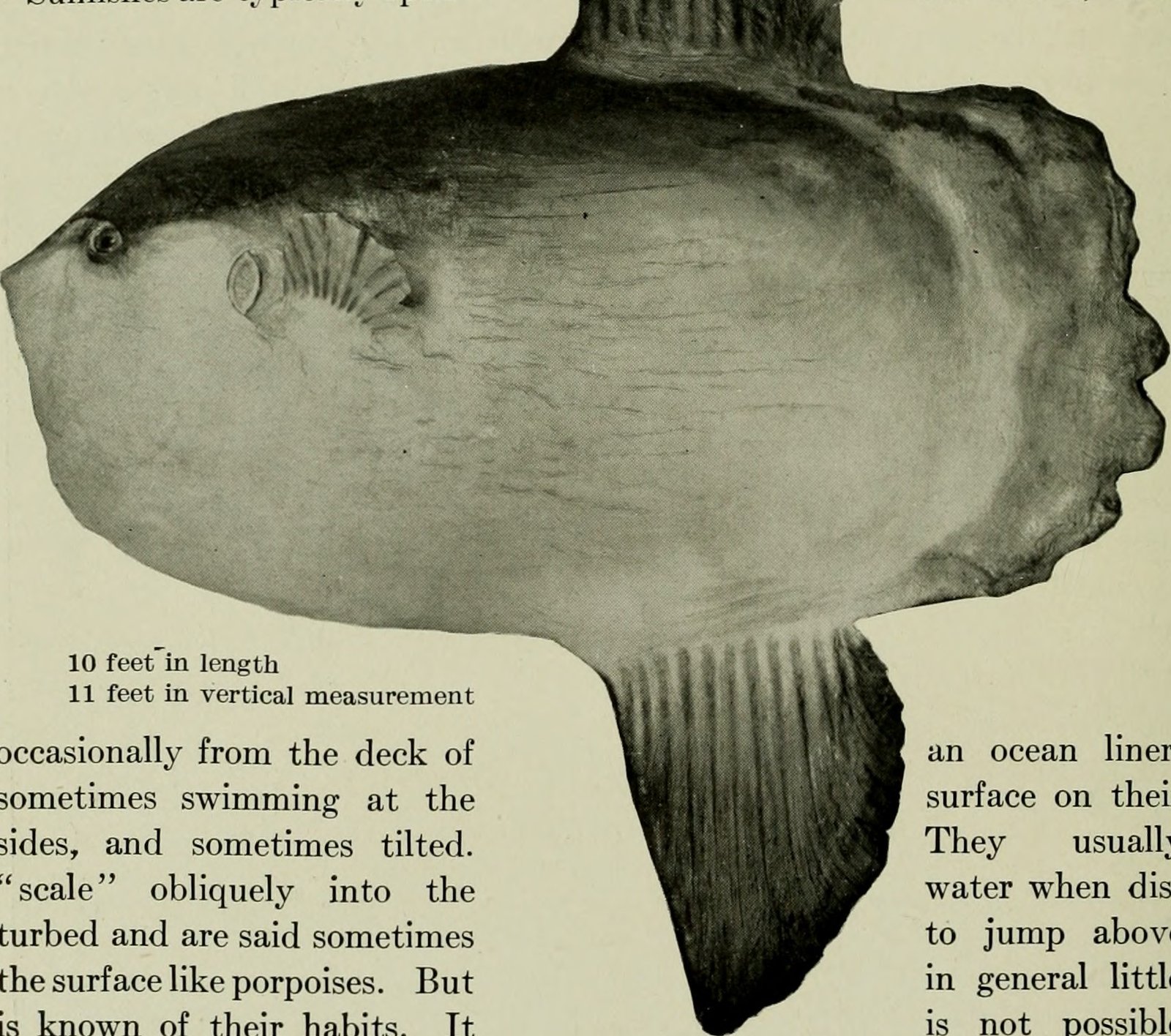
Popular misconceptions portray sunfish as weak, helpless creatures that drift aimlessly with ocean currents. Scientific research has shattered this myth, revealing that sunfish are active, purposeful swimmers capable of sustained speeds exceeding 2 mph. While this may seem slow compared to tuna or sharks, it’s remarkably efficient for an animal of their size and shape.
Underwater videography has captured sunfish performing complex maneuvering behaviors, including rapid turns, precise positioning, and coordinated feeding movements. Their unique locomotion style – combining synchronized dorsal and anal fin movements with subtle body undulations – represents an entirely different approach to aquatic propulsion. This swimming method may appear awkward to human observers, but it’s perfectly suited to their ecological niche.
Parasites and Cleaning Stations
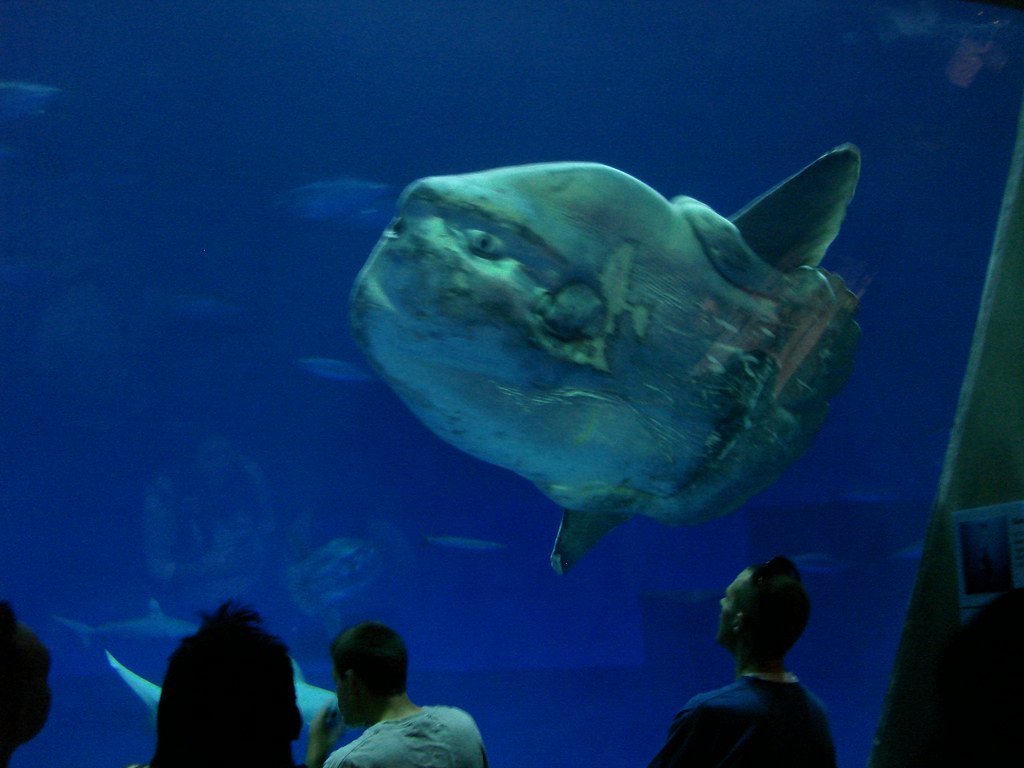
Sunfish carry an extraordinary burden of parasites, often hosting over 40 different species of external parasites simultaneously. Their large surface area and slow-moving lifestyle make them ideal targets for marine parasites, leading to what appears to be a never-ending battle against these unwanted passengers. However, sunfish have developed ingenious strategies to manage their parasite load.
They frequently visit underwater cleaning stations where smaller fish remove parasites from their skin and fins. These mutually beneficial relationships demonstrate that sunfish are not passive victims but active participants in complex marine ecosystems. Their surface basking behavior may also serve as a form of parasite control, using UV radiation to reduce parasite populations.
Reproduction Mysteries of the Deep

The reproductive behavior of sunfish remains one of marine biology’s greatest mysteries. Females can carry up to 300 million eggs – more than any other vertebrate – yet scientists have never observed sunfish mating in the wild. This massive reproductive potential suggests that survival rates for young sunfish are extremely low, requiring enormous numbers of offspring to ensure species continuation.
Recent genetic studies have revealed that sunfish populations show remarkable connectivity across vast ocean distances, indicating that their larvae can survive extended periods in the open ocean. The transformation from tiny, spiky larvae to massive adults represents one of the most dramatic life history strategies in the animal kingdom, though many details remain frustratingly elusive to researchers.
Evolutionary Advantages of Looking Wrong
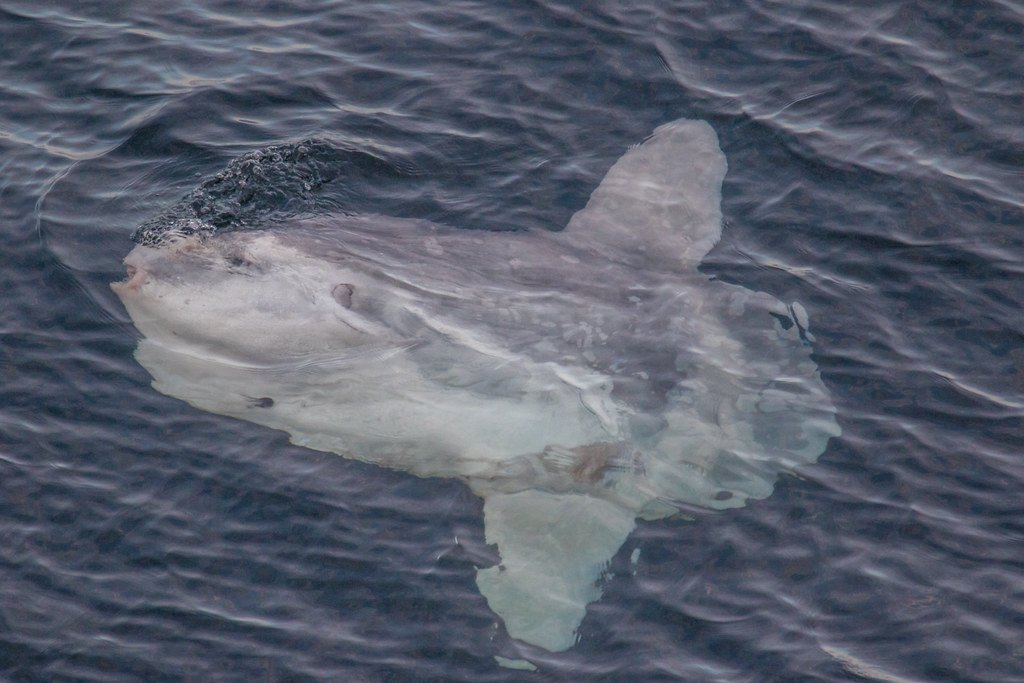
The sunfish’s unconventional appearance actually provides several evolutionary advantages that become apparent when viewed from an ecological perspective. Their massive size and unusual shape may confuse predators, making them difficult to identify as prey. Young sunfish benefit from resembling floating debris, while adults are simply too large for most ocean predators to attack effectively.
The absence of a traditional tail fin eliminates a common target for predator attacks and reduces the energy required for maintenance of complex fin structures. This energy savings can be redirected toward growth and reproduction, contributing to their remarkable size and prolific egg production. What appears to be a design flaw actually represents an efficient allocation of biological resources.
The Physics of Sunfish Swimming
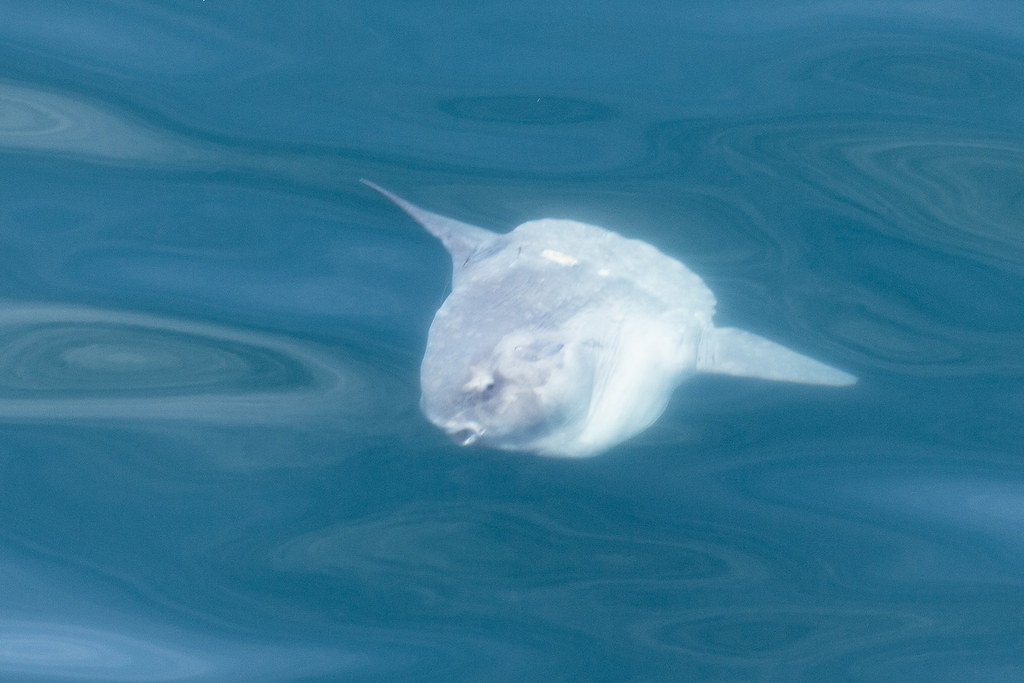
From a biomechanical perspective, sunfish swimming represents a fascinating study in alternative propulsion systems. Their large dorsal and anal fins function as oscillating foils, creating thrust through complex fluid dynamics that differ significantly from conventional fish locomotion. This system trades speed for efficiency, allowing sunfish to travel great distances while expending minimal energy.
Computer modeling of sunfish swimming patterns reveals that their body shape creates unique vortex patterns that may actually enhance their ability to detect and capture jellyfish prey. The turbulence generated by their movements could disorient jellyfish, making them easier to catch. This suggests that their swimming style is not just about transportation but also about hunting effectiveness.
Climate Change and Sunfish Populations
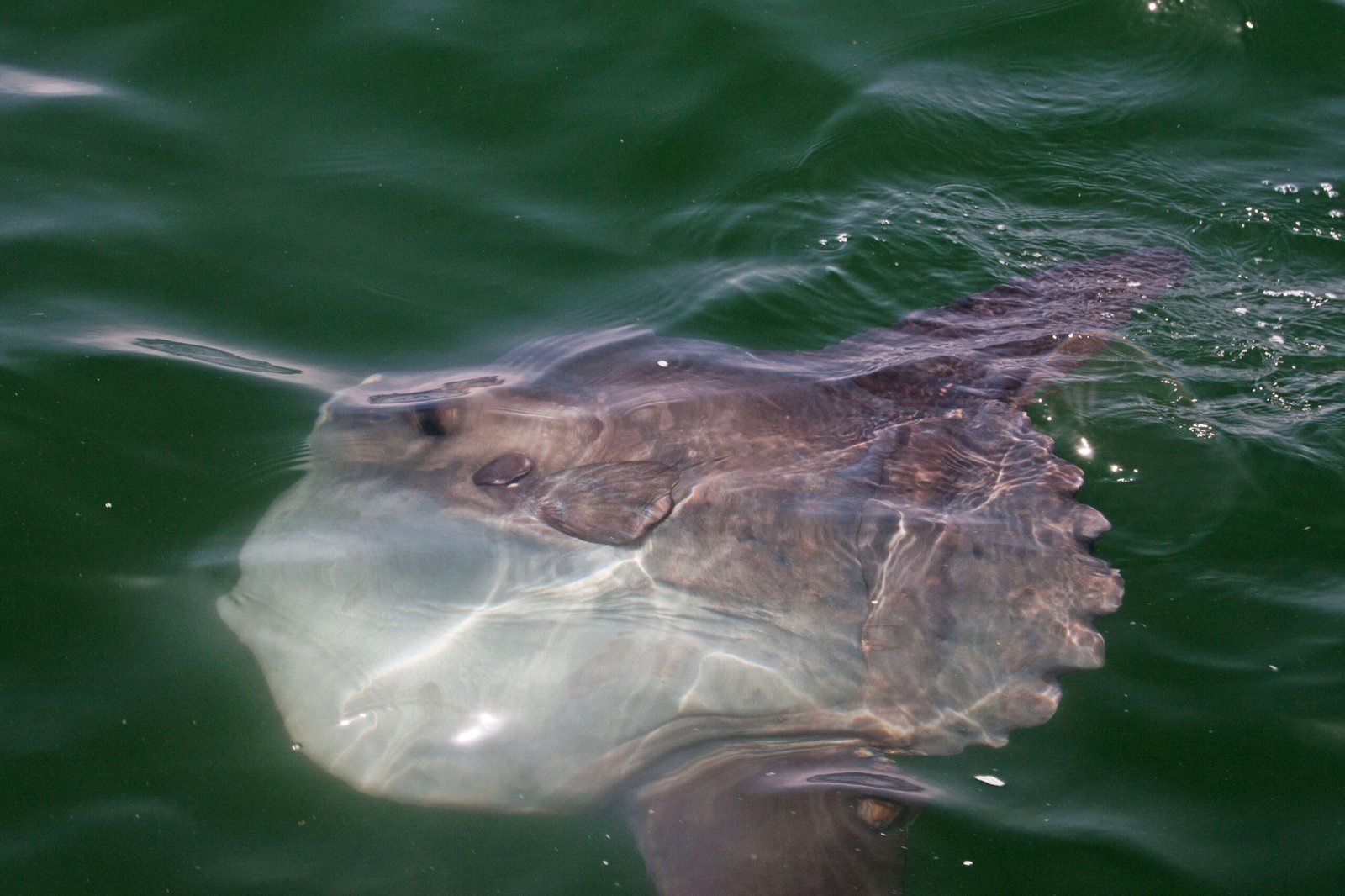
Rising ocean temperatures and changing current patterns are significantly impacting sunfish populations worldwide. As jellyfish populations explode in response to warming waters and reduced predator numbers, sunfish face both opportunities and challenges. Increased food availability could benefit sunfish populations, but changing ocean chemistry may affect their ability to thermoregulate effectively.
Scientists are studying sunfish as potential indicators of ocean health, since their wide-ranging migrations and specialized diet make them sensitive to environmental changes. Their presence or absence in traditional habitats could provide early warning signs of ecosystem disruption. Understanding sunfish responses to climate change may offer insights into the broader impacts of environmental change on marine ecosystems.
Cultural Significance and Human Interactions
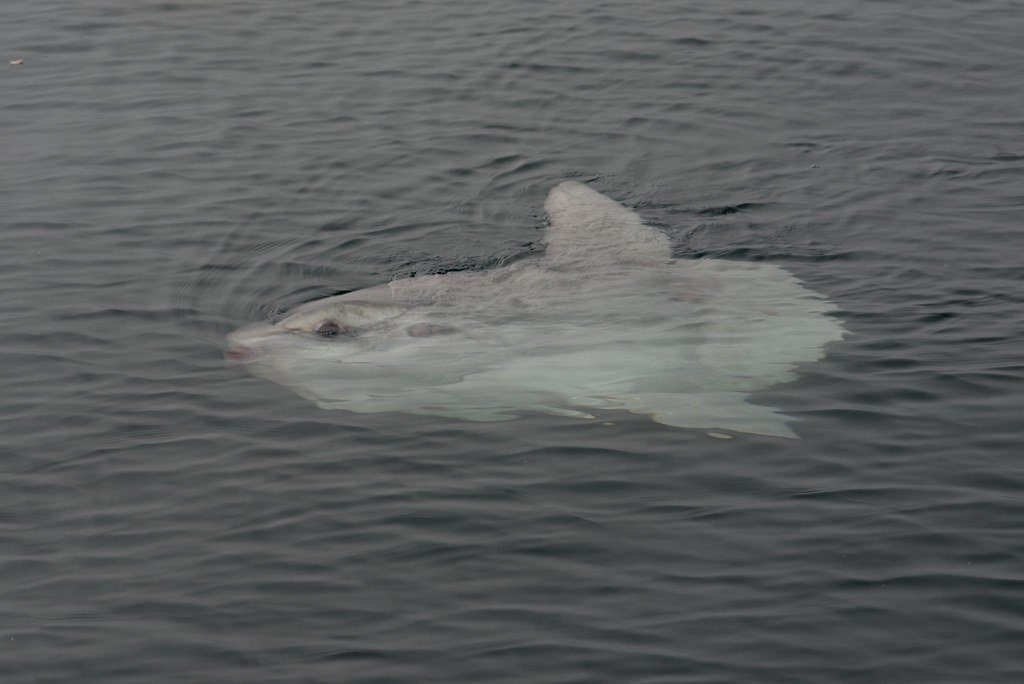
Throughout history, sunfish have captured human imagination and inspired countless legends and myths. In many cultures, they’re considered symbols of good luck, while others view them as omens of changing weather patterns. Their tendency to surface and bask has led to numerous reports of sea monsters and unidentified marine creatures, contributing to maritime folklore worldwide.
Modern human interactions with sunfish are generally positive, though boat strikes and plastic pollution pose increasing threats to their populations. Their docile nature and impressive size make them popular subjects for underwater photographers and marine tourism. Educational programs featuring sunfish help promote ocean conservation awareness while challenging misconceptions about these remarkable creatures.
Research Breakthroughs and Technology
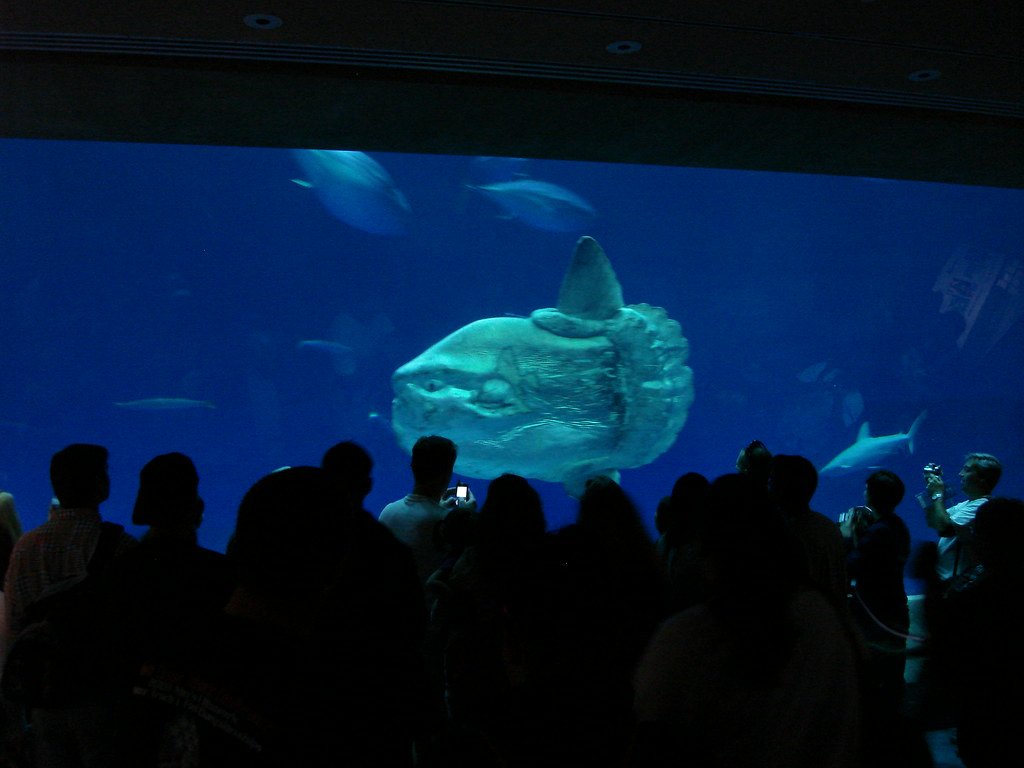
Advanced satellite tagging technology has revolutionized our understanding of sunfish behavior and migration patterns. GPS tracking devices attached to sunfish have revealed previously unknown behaviors, including coordinated group movements and seasonal migration patterns that span entire ocean basins. These technological advances continue to challenge long-held assumptions about sunfish capabilities.
Genetic sequencing projects are uncovering the evolutionary history of sunfish, revealing relationships with other fish groups and providing insights into their unique anatomical adaptations. High-resolution underwater cameras and remotely operated vehicles allow scientists to observe sunfish behavior in their natural habitat without disturbance. Each technological advancement brings new revelations about these enigmatic creatures.
The Future of Sunfish Conservation
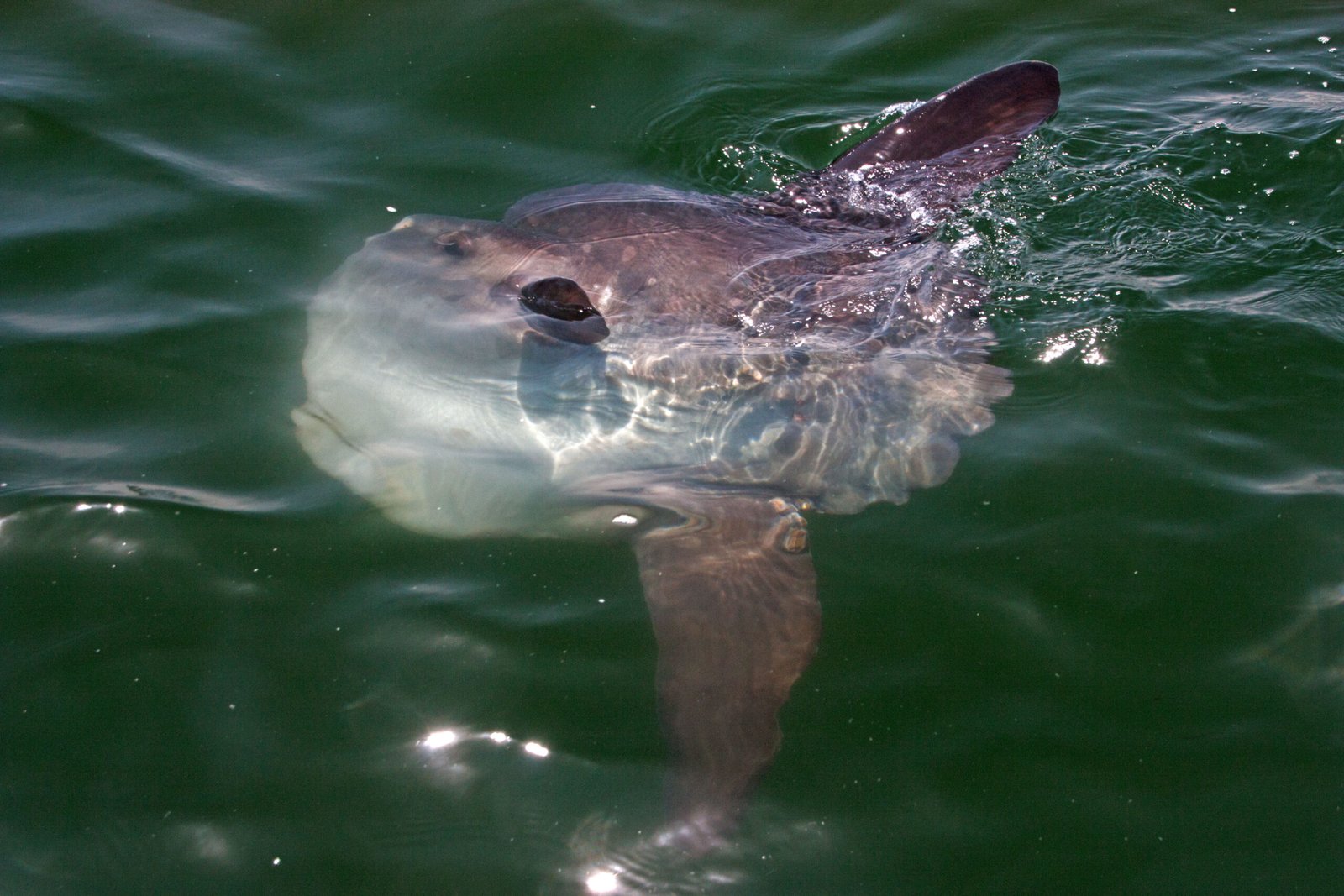
Conservation efforts for sunfish face unique challenges due to their wide-ranging migrations and poorly understood population dynamics. International cooperation is essential for protecting these ocean wanderers, as they regularly cross national boundaries during their extensive travels. Marine protected areas must be designed with sunfish migration patterns in mind to be effective.
Reducing plastic pollution is crucial for sunfish conservation, as these animals often mistake plastic bags for jellyfish prey. Educational campaigns aimed at reducing single-use plastics can directly benefit sunfish populations while promoting broader ocean conservation goals. Continued research into sunfish biology and behavior will inform future conservation strategies and help ensure their long-term survival.
Debunking the Evolutionary Mistake Myth
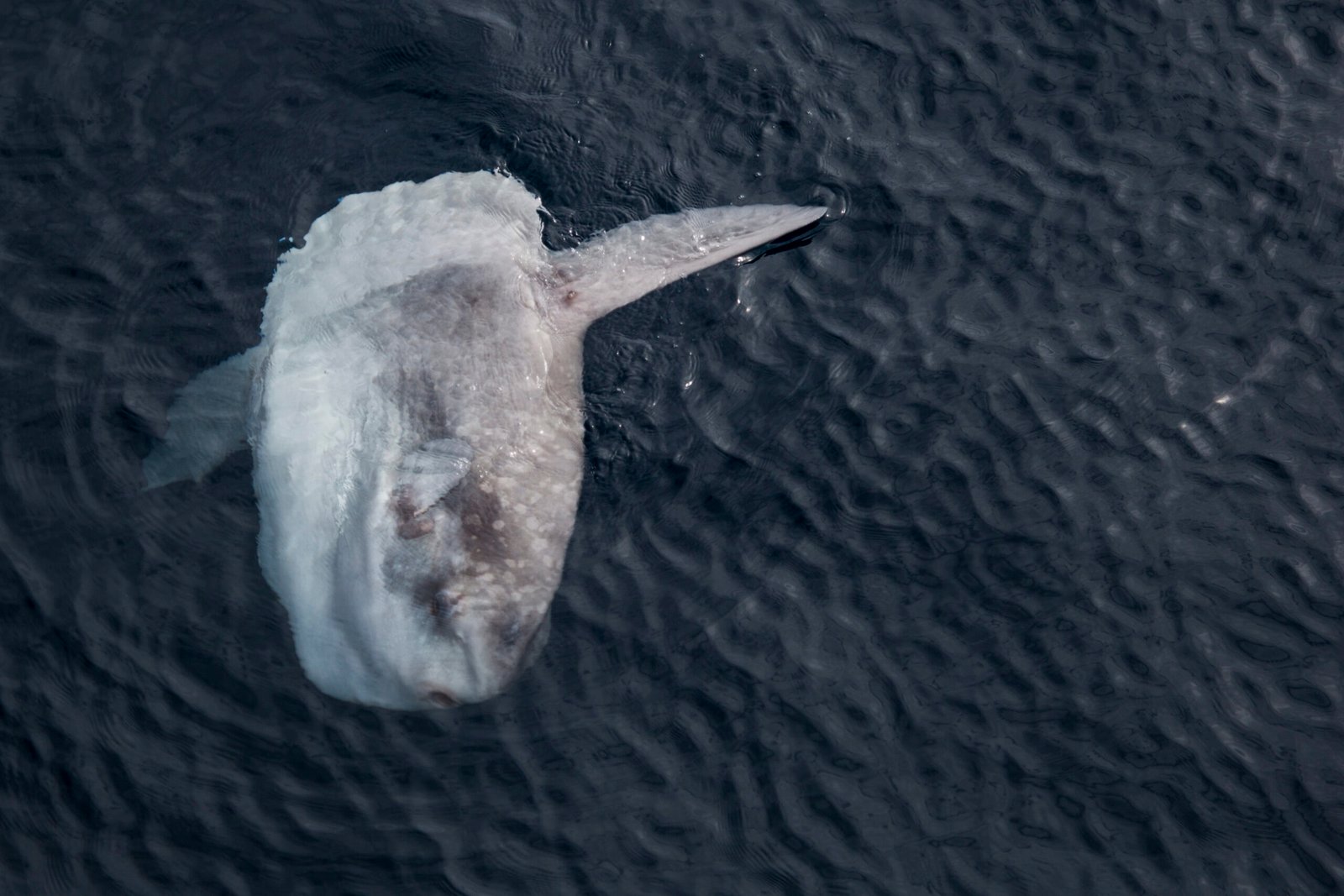
The perception of sunfish as evolutionary mistakes stems from human bias toward familiar body plans and conventional fish anatomy. In reality, sunfish represent a highly successful evolutionary experiment that has persisted for millions of years. Their unique adaptations allow them to exploit ecological niches unavailable to more conventionally shaped fish, demonstrating that there are many viable solutions to the challenges of marine life.
Scientific evidence overwhelmingly supports the conclusion that sunfish are perfectly adapted to their environment and lifestyle. Their continued success as a species, despite their unusual appearance, proves that evolution doesn’t always follow predictable patterns. Sometimes the most unconventional solutions are the most effective.
Lessons from the Swimming Pancake
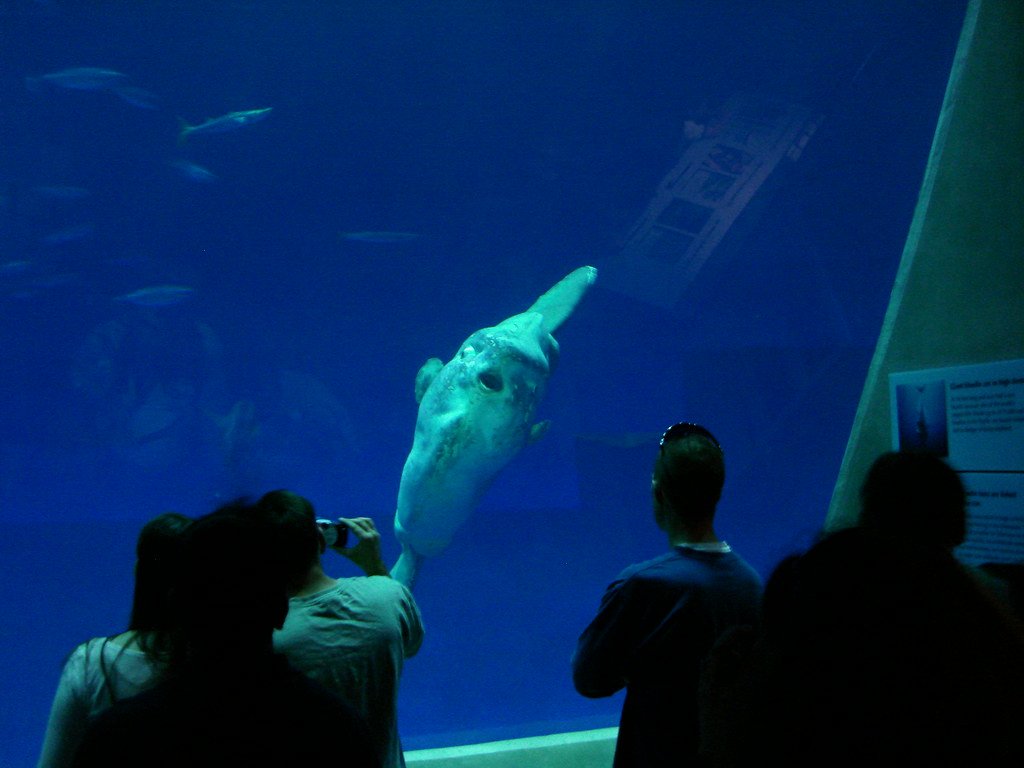
The story of the sunfish teaches us valuable lessons about the dangers of judging appearances and the importance of understanding organisms within their ecological context. These remarkable creatures remind us that evolution doesn’t design animals to meet human aesthetic standards but to survive and thrive in their specific environments. Their success challenges our preconceptions about what makes an effective organism.
As we continue to explore and understand the ocean’s mysteries, sunfish serve as ambassadors for the weird and wonderful diversity of marine life. They demonstrate that nature’s solutions are often more creative and effective than anything we might imagine, even when they appear to defy conventional wisdom. The ocean sunfish didn’t forget its tail – it simply found a better way to swim through life.
What would you have guessed about these giant pancakes of the sea before learning their remarkable secrets?




